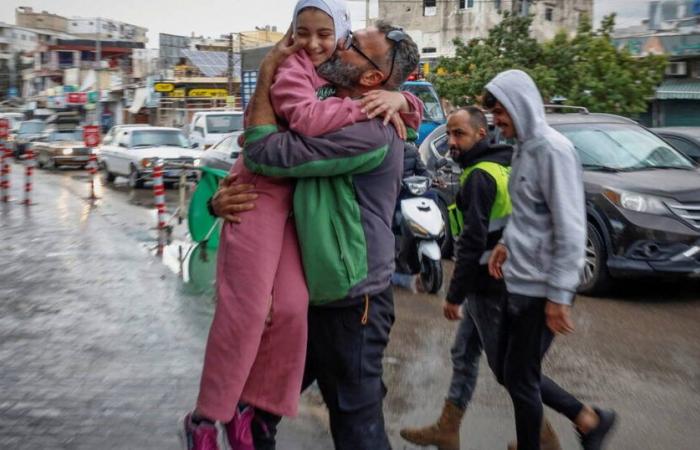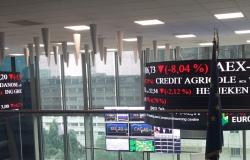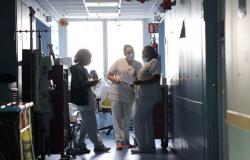Reportage
Article reserved for subscribers
On the first day of the ceasefire between Israel and Hezbollah, this Wednesday, November 27, huge traffic jams formed towards the south of the country. Residents return after fleeing bombings and fighting. And hope that the fragile truce will last.
The dust is barely settling in southern Beirut. The Jnah neighborhood is still covered in an opaque veil, nourished by the smoke emanating from the buildings bombed the day before by the Israeli army. On the main street of Imam Sader, a construction machine clears the rubble from a half-collapsed building. Opposite, Malek places a tarpaulin over the windows of his apartment, the facade of which is completely charred. “The fire took everything from us… but God willing, there will be no more.” The thirty-year-old, even if he has lost everything, wears a big smile. “It’s because the war is overit’s a day for history! The time has come to rebuild now.” With a kick of his sole, he clears the pieces of wall that are blocking the opening of his front door. He seems to not know where to start when faced with the construction site before him.
The contrast is striking with the chaos of the day before. The night of Tuesday November 26 to Wednesday November 27 was the most violent for Lebanon since the start of the war:






